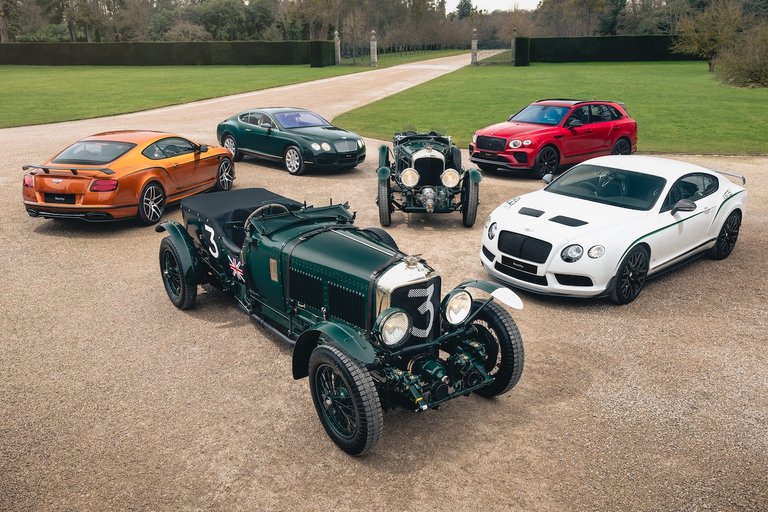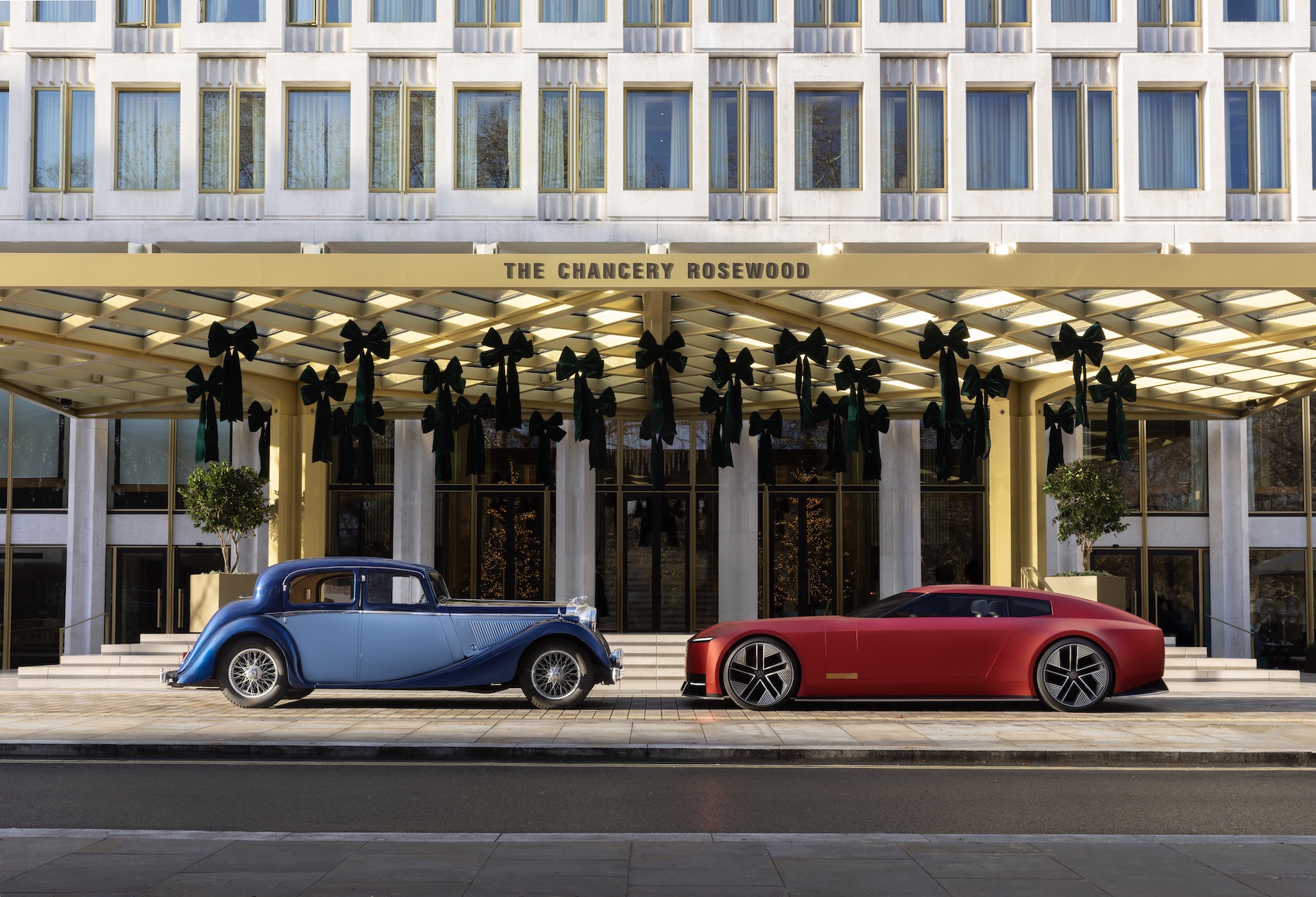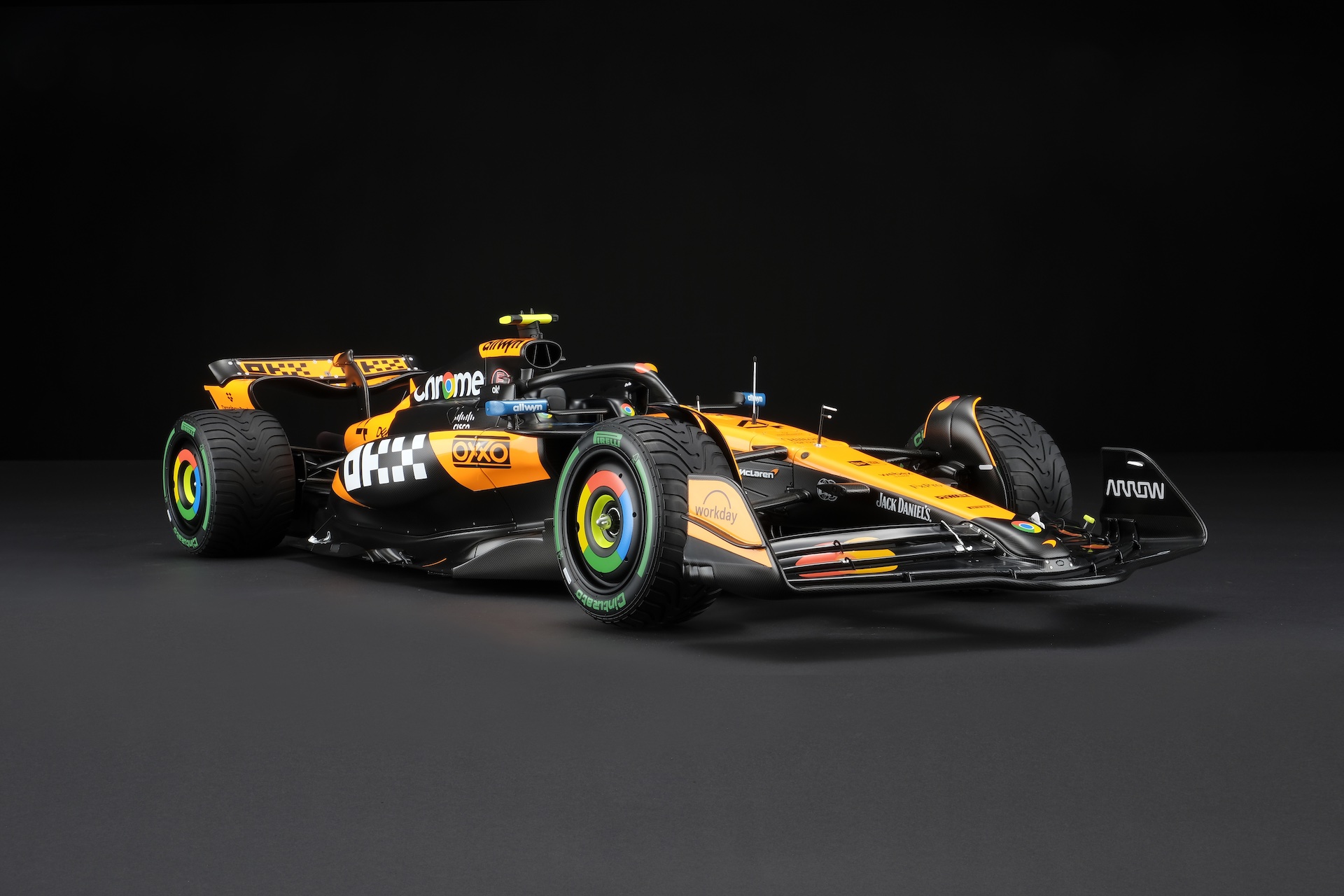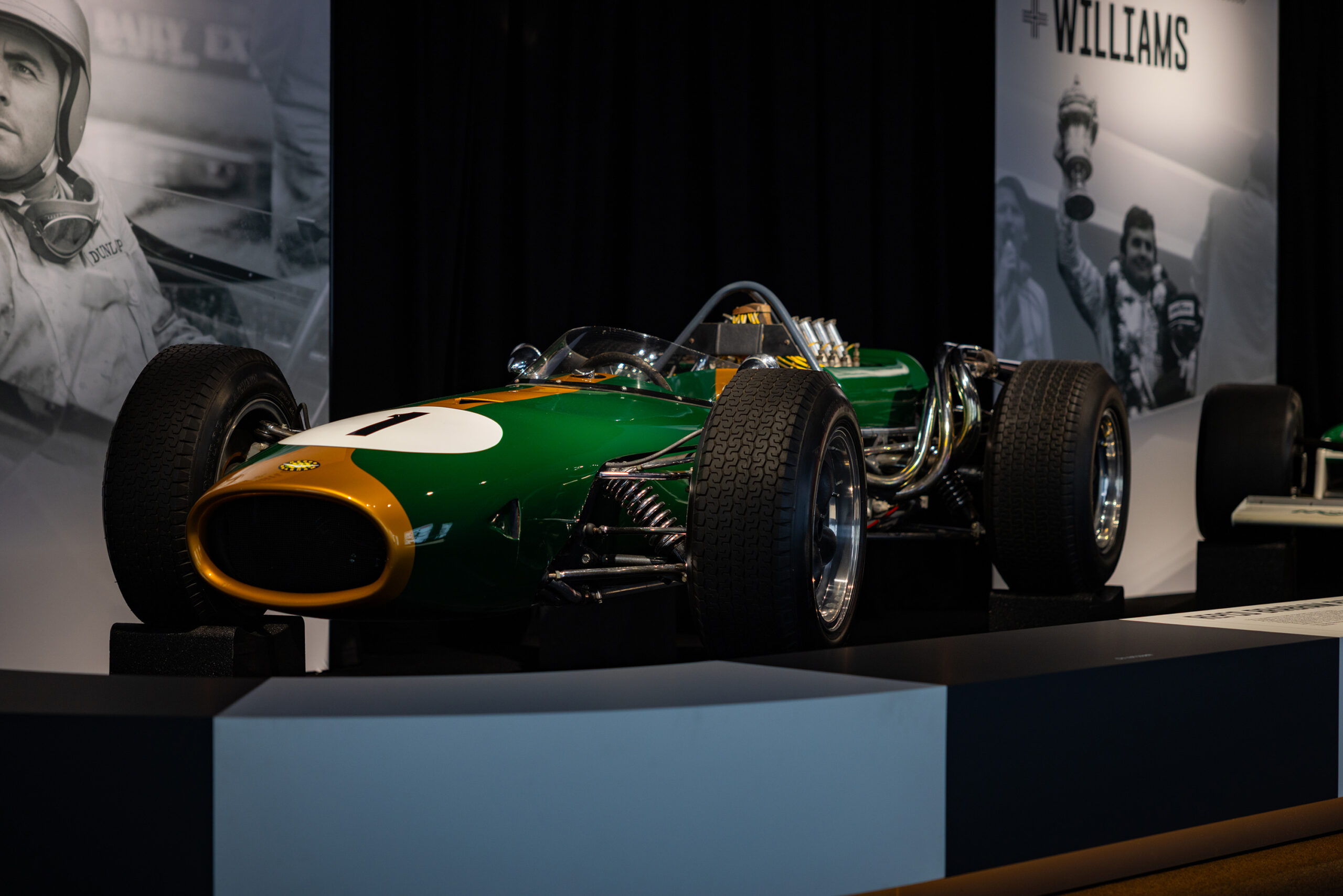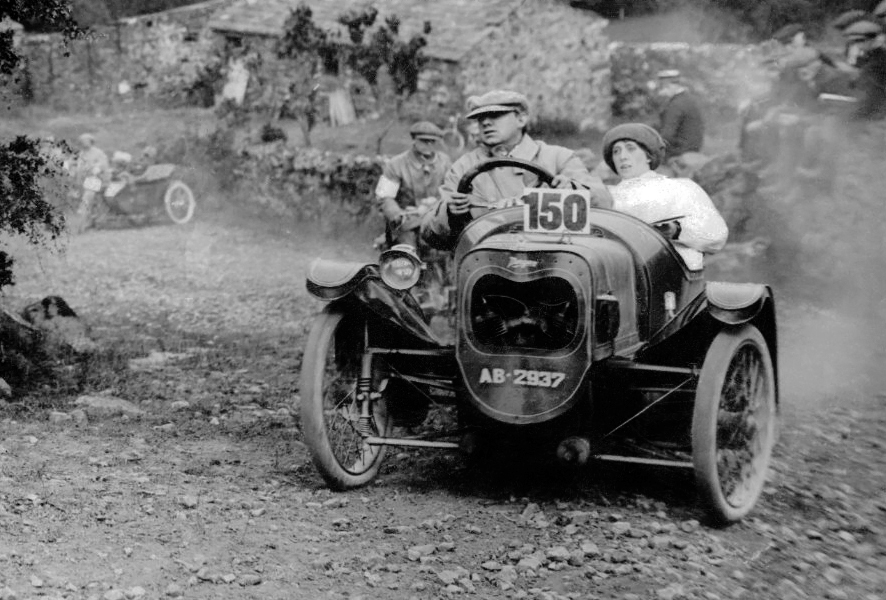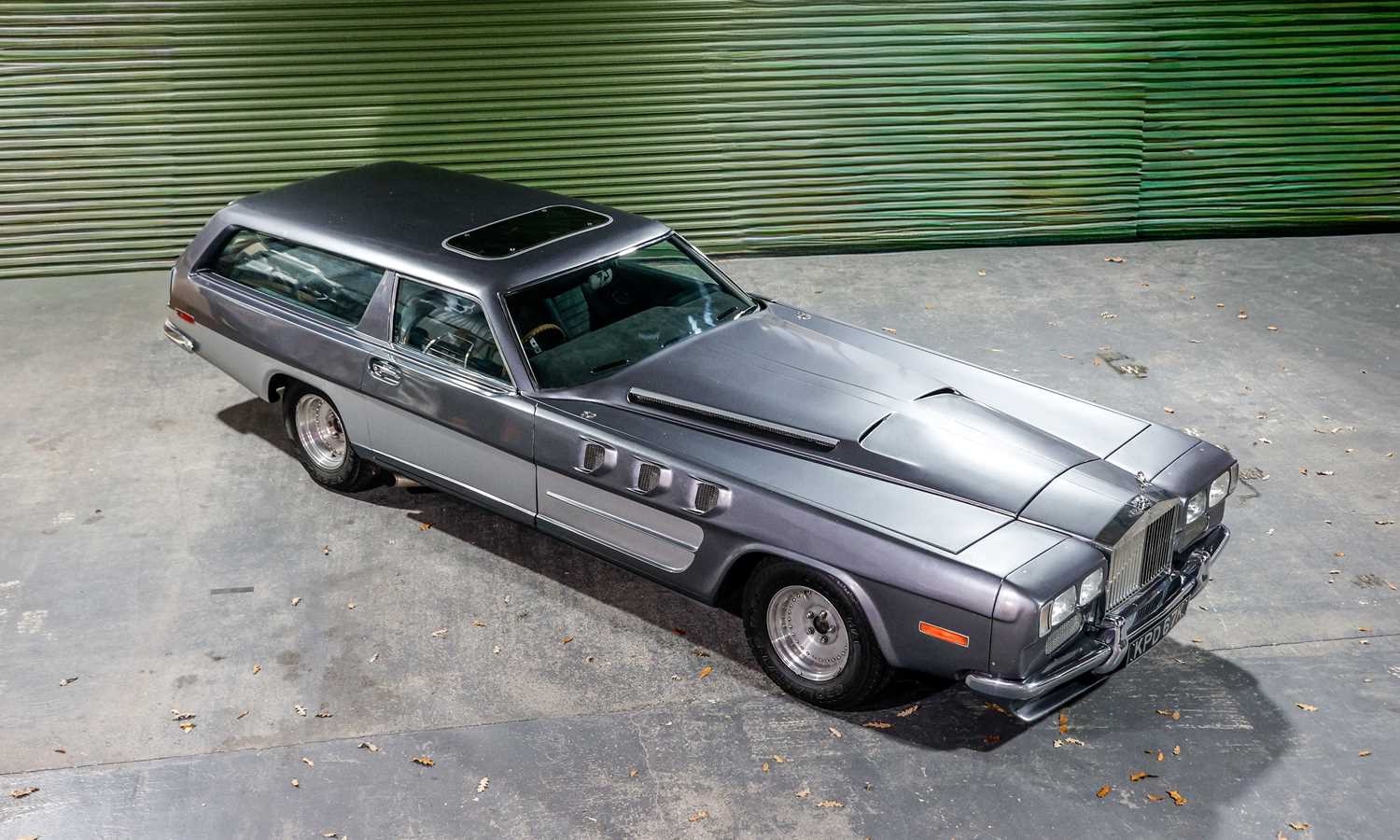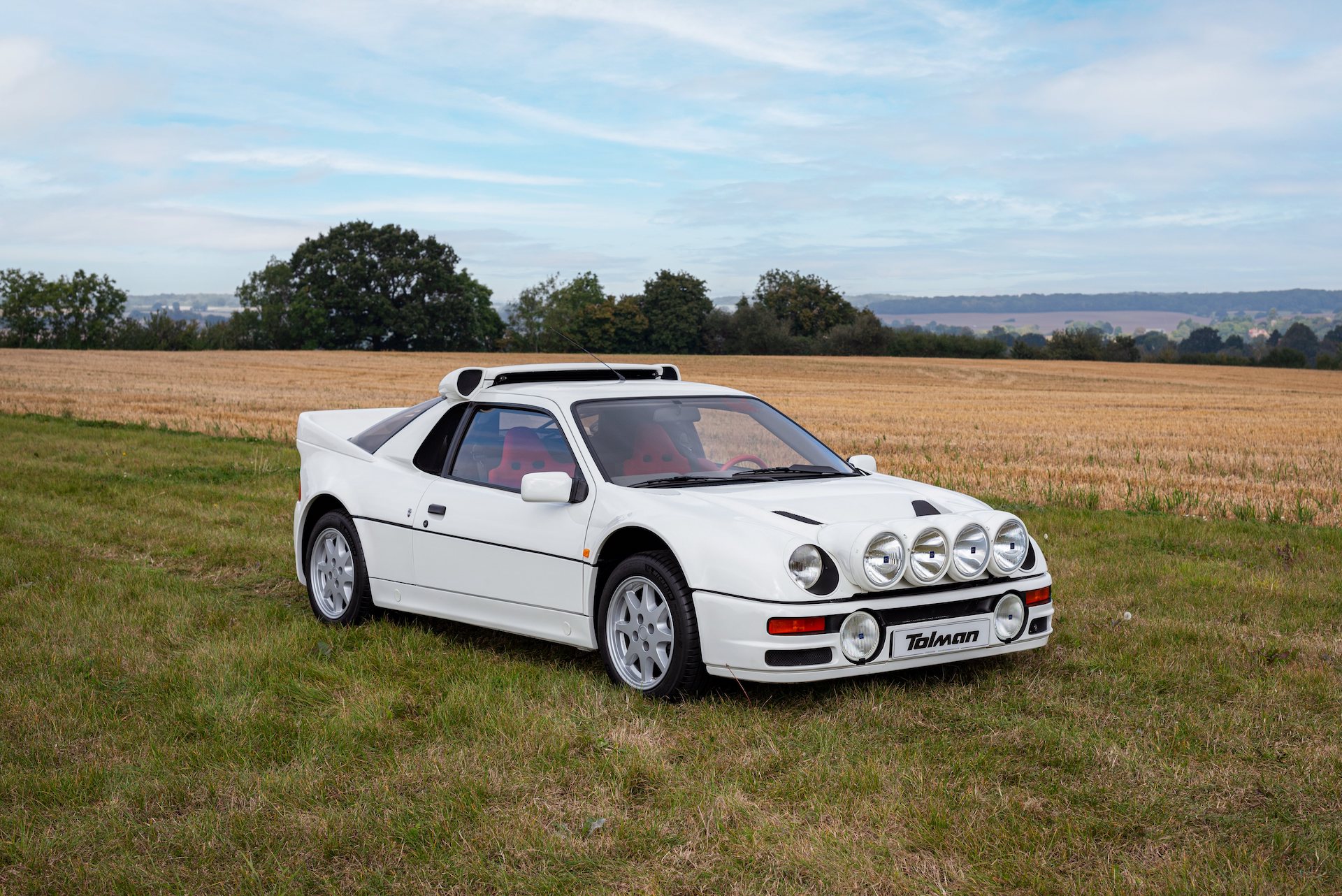One lucky Bentley enthusiast has realised a childhood dream with the company’s latest bespoke Continuation Series build (Image: Bentley)
This is how a childhood model car sparked a lifelong passion for Bentleys, culminating in one lucky owner recently taking delivery of this remarkable Speed Six Continuation Series.
Many a classic car lover can trace their passion for a particular marque to a seminal childhood memory, and the owner of this spectacular Speed Six Continuation Series is no exception.
In this case, it was a scale model Blower Bentley, given by an uncle, that sparked a lifelong fascination with pre-war Bentley racing cars.
The anonymous UK-based plans to park his Speed Six Continuation Series alongside a stable of Crewe-built Bentleys, including a first-generation Continental GT, a motorsports-inspired Continental GT3R, a second-generation Continental Supersports and First Edition Bentayga.
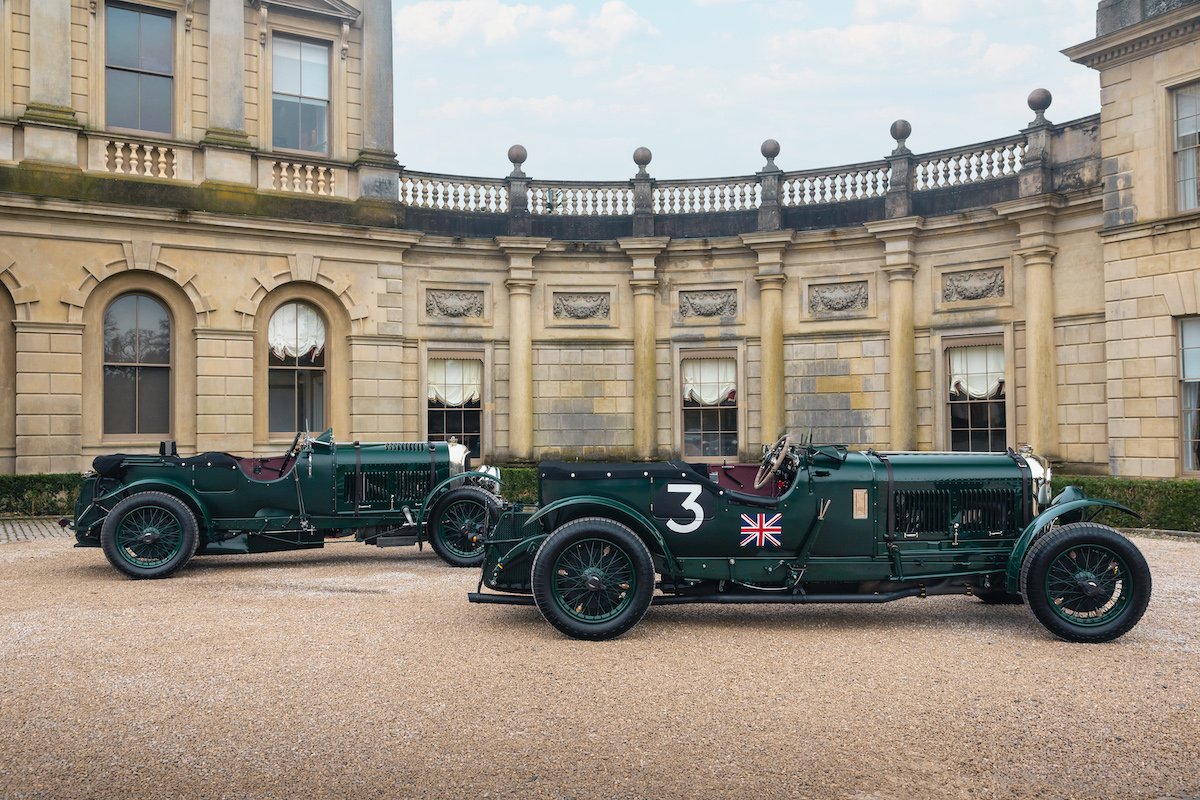
This Speed Six will sit alongside the owner’s other Continuation Series model, a ‘Blower’ 4½ Litre Supercharged (Image: Bentley)
As spectacular as that surrounding metal may be, pride of place in the garage goes to his Continuation Series cars, including an existing ‘Blower’ 4½ Litre Supercharged and this latest addition, a Continuation Series Speed Six.
Continuation Speed Six #3 – out of 12 set to be built – was created with meticulous attention to detail at the workshops of Mulliner Classic, and is claimed to be identical in every respect to the original 1930s works racer.
However, both the Speed Six and its Continuation Series stablemate feature personal touches to the owner’s specification, including a one-off paint finish inspired by that childhood scale model, and in the case of the Speed Six the racing number 3 on its flank and radiator. Both cars are also the third of twelve in their series.
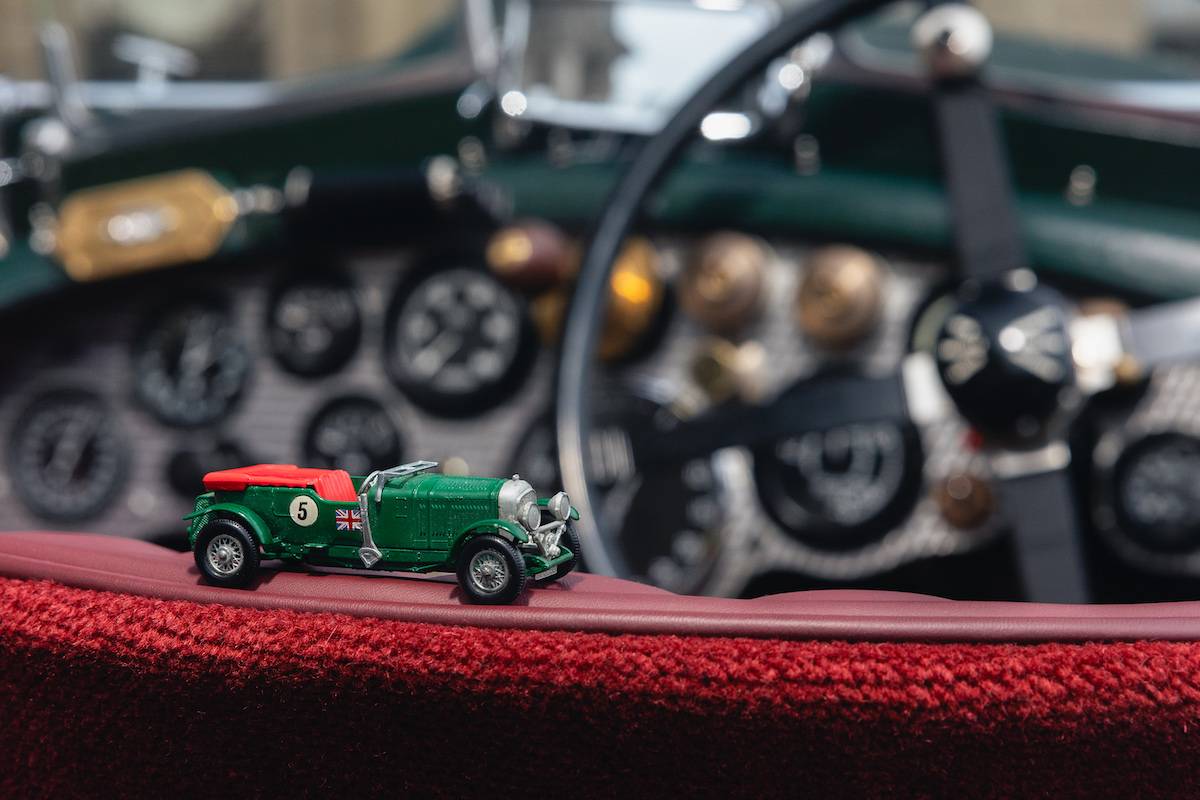
The colour for this car was based off the owner’s childhood scale model of a Speed Six, while being blended with a more traditional British Racing Green (Image: Bentley)
The twin Bentleys are finished in the same specially blended shade of green, chosen to be mid-way between the light green of the owner’s ‘Models of Yesteryear’ scale model (which is still in his possession) and traditional British Racing Green.
Another special request was for the Mulliner team to provide two exhaust systems for the Speed Six: one unsilenced as per the original specification, and the other with a silencer for circuits where noise restrictions are required. Other finishing touches include a white patch on the leading edge of the nearside front fender for easier identification when coming into the pits, and a hand-painted Union Flag on the driver’s side of the car.
The famous Crewe-based carmaker describes the process of commissioning a Continuation Series Bentley as “a highly personal process”, noting that in the case of the Blower the owner spent a day working as part of the Mulliner team to fit the period-correct Rexine fabric of his Blower’s Weymann-style bodywork.
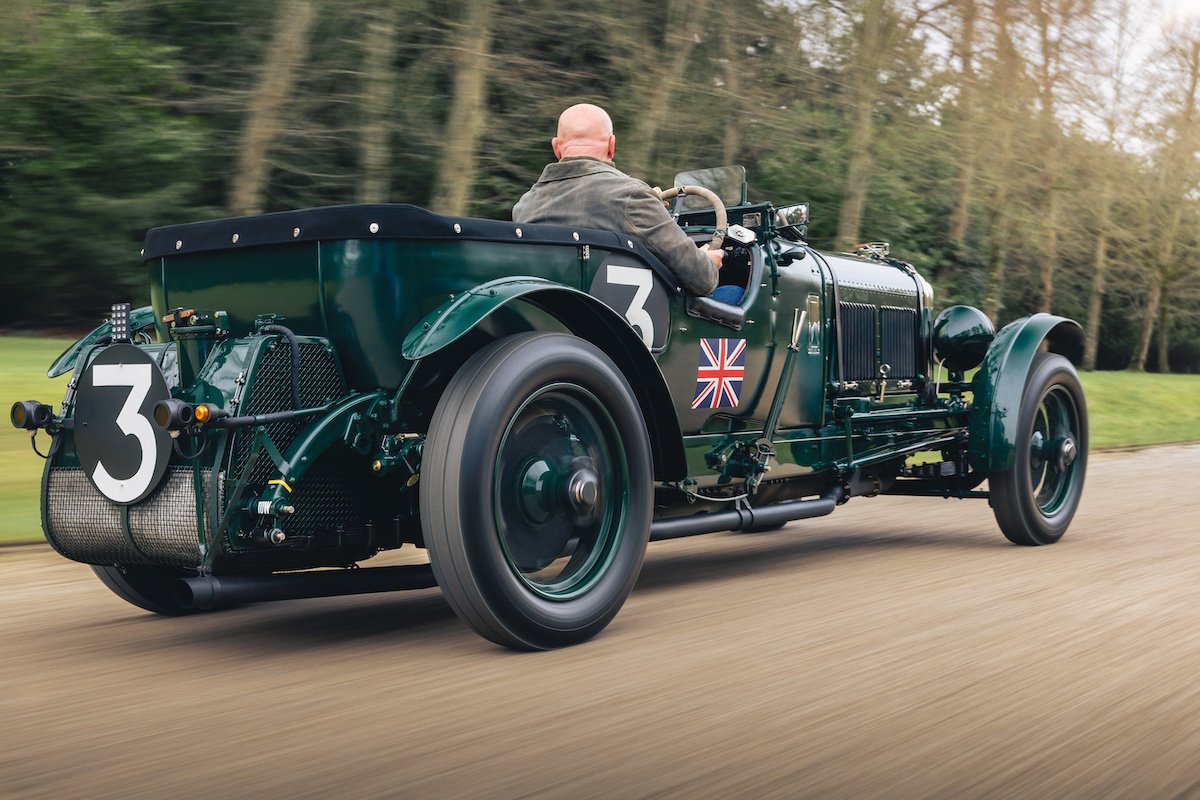
The hand-painted Union Jack flag on the side is one of many individual touches for this particular build (Image: Bentley)
About the legendary Bentley Speed Six
The Speed Six was introduced in 1928 as a more sporting version of the Bentley 6½ Litre. The engine was modified to liberate more power, with twin SU carburettors, a higher compression ratio and a high-performance camshaft.
182 Speed Six models were built between 1928 and 1930. Two wins at the Le Mans 24 Hour race, in 1929 and 1930, cemented the Speed Six’s pre-eminent place in Bentley racing history.
For the Continuation Series Speed Six, Mulliner Classic took two original Speed Sixes as its template: the company’s own Speed Six, GU409, and ‘Old Number 3’, a works Speed Six driven in the 1930 Le Mans 24 Hour race by Sammy Davis and Clive Dunfee. The latter was loaned by its owner and gave the Mulliner team invaluable data on dimensions, materials, and components. The W.O. Bentley Memorial Foundation also provided 80 percent of the original drawings and notes used by the team.
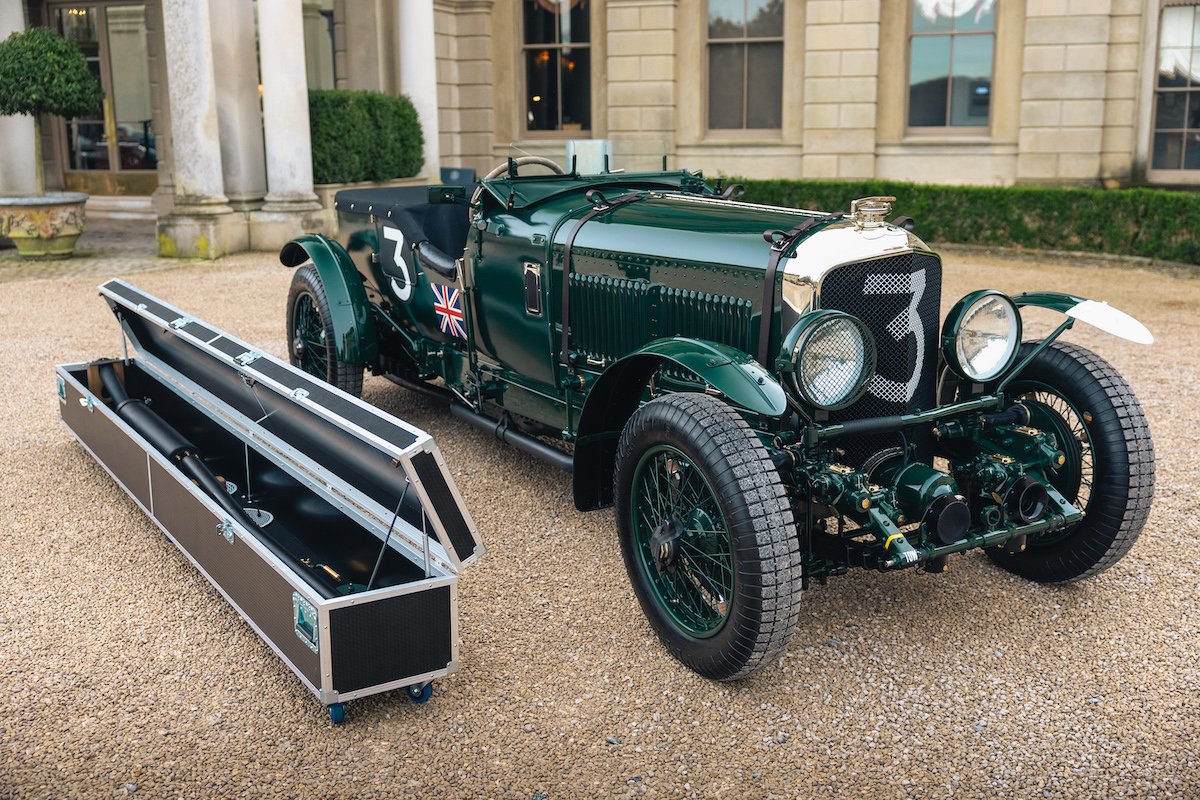
One of the special requests for the build was to have two exhaust systems, including one with a silencer for circuits with noise restrictions, along with an unsilenced one as per the original (Image: Bentley)

